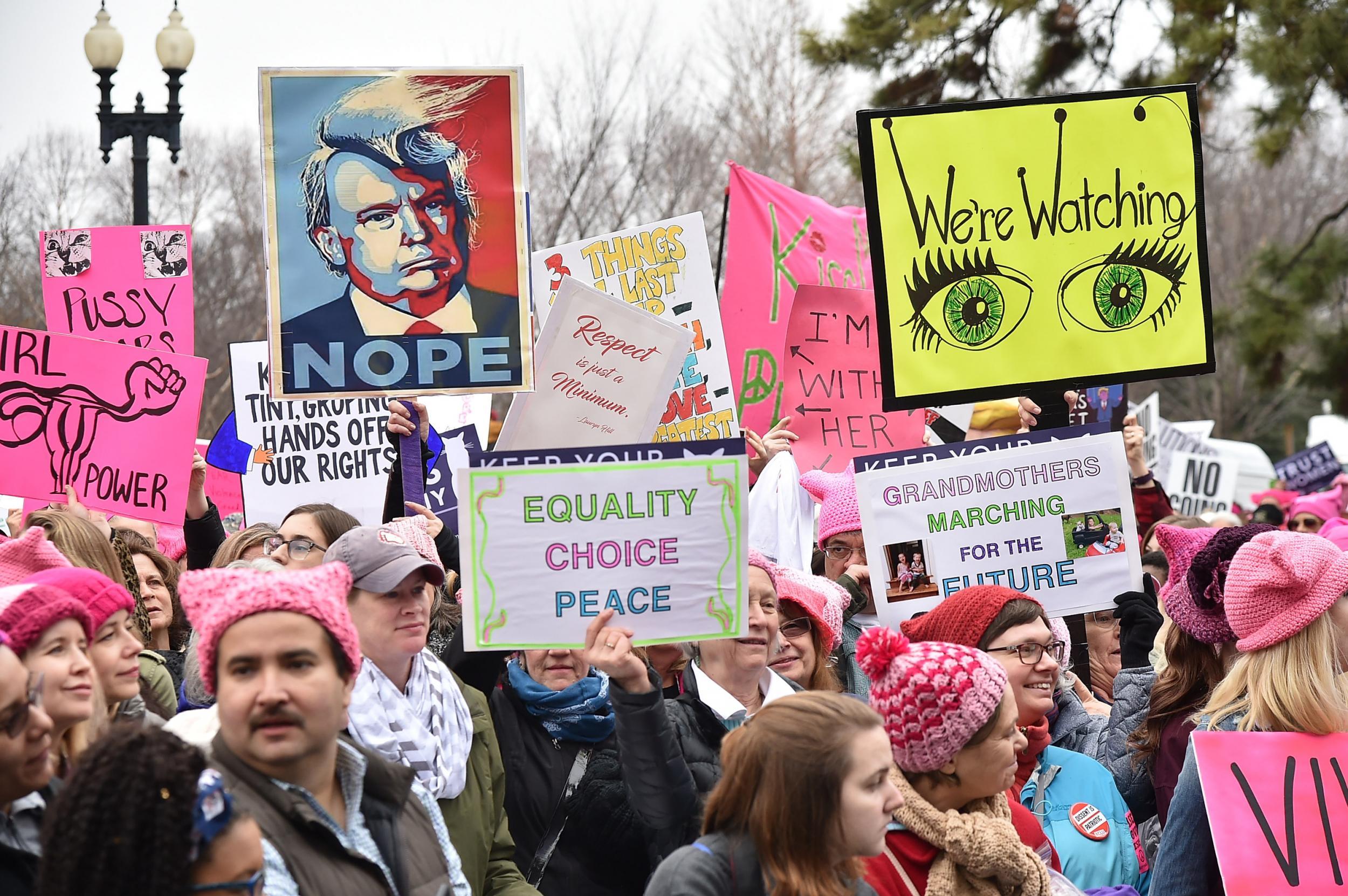Teen Vogue's bizarre anal sex article shows women are still being defined in relation to men
The supposedly progressive piece, intended for teenage girls, refers to women as 'non-prostate owners', ignores the organ for female pleasure and fails to mention any potential dangers

Defining women by the men around them is an issue feminists have sought to address, and correct, for years.
The recent death of Sheila Michaels has reminded us of just how revolutionary it was that a woman’s relationship to a man should not dictate her value in society when she popularised the term Ms in the 1960s. She is not a Miss nor Mrs; she is neither waiting for a man nor owned by one.
It would stand to reason that we could assume that in 2017 any work aimed at women would be sure to avoid such regressive patterns. However, in Anal Sex: What You Need To Know for Teen Vogue, sex educator and feminist activist Gigi Engle managed to harp back to a time where women were defined by their relationship to men.
Describing the way anal sex can feel pleasurable to men and women in different ways, she starts by describing the pleasure felt during anal sex when the prostate is stimulated in a male body. The male anatomy is labelled as “anatomy of a prostate owner”.
Engle goes on to discuss how anal sex can feel pleasurable for women and uses this diagram of the female anatomy:
Not only is any potential pleasure a woman may feel during anal sex reduced to the lack of male body parts (she is a “non-prostate owner”) but the clitoris, the actual hub of female sexual pleasure, has been removed. The lack of a male body part is the focus of what defines the female body, and what is actually there isn’t identified at all.
What is this teaching the audience of a magazine aimed at teenage girls? It tells them their identity is not “woman”, but rather “non-man”. It tells them that should they consent to anal sex, their body is just a hole for the man to penetrate, and the part of their body that is most sensitive and reliable for the female orgasm is so irrelevant that it doesn’t even warrant a label. It tells them that consenting to anal sex is not about their pleasure, but about their partner’s.
What it fails to tell them is the potential dangers of anal sex. The possibilities of fissures and tears which can become infected very easily due to contamination by faeces, severe enough to need surgery, or lead to anal abscesses which increase the chances of catching HIV. By treating anal sex as an equivalent to vaginal sex, you increase the chances that your audience will not understand the potential damage they can do to their own or their partner’s body, and in turn increase their chances of becoming seriously ill.
Just as importantly, teaching young girls that their identity, their value, is dependent on a man removes their sense of self and puts them outside of humanity, as described in The Second Sex by Simone De Beauvoir: “Thus humanity is male and man defines woman not in herself but as relative to him; she is not regarded as an autonomous being.”
The current surge in queer politics would seem to explain this decision. Engle asks: “What about the LGBTQ young people who need to know about this for their sexual health?”
Seeking to include teenagers who do not identify themselves as women, despite having the female biology, embraces those who may feel outside of an article which discusses anal sex with biological terminology. Whilst well intentioned, it erases the young women who desperately need to be educated about their anatomy and empowered about their value. It treats women as second class citizens whose only identity comes from the men around them.
Instead of reducing a teenage girl to her male counterpart, we should be teaching them about their biology independently and as worthy in its own right. Our responsibility as adult women influencing the next generation is to raise them up to be confident in their self-worth, and fighting against a culture that seeks to define them by their sexuality and what they can do for men. Regardless of whether they consider their vulva to be part of their woman’s body, their clitoris exists, and they are more than just a hole for a penis.
Teen Vogue’s target audience is not non-prostate owners seeking to provide sexual satisfaction to men through their anus. Teen Vogue’s target audience is teenage girls, most under the legal age of consent, who are deserving of adult women to teach them to value themselves for who they are, not by what they are in relation to men.
Join our commenting forum
Join thought-provoking conversations, follow other Independent readers and see their replies
Comments